
Sharing information has always been a priority of the Dar al-Athar al-Islamiyyah. This was evident in exhibitions at the Kuwait National Museum and continues to be visible in DAI travelling exhibitions and object loans. The lecture series, which concluded its 4th season and launched its 5th season in 1999, is all about learning from the experts. Bareed ad-Dar and Hadeeth ad-Dar and the collection/exhibition based publications capture knowledge so it can be shared with a wider audience. The Travels of Ibn Battuta, which made its gala premier in February and became a regular feature on the calendar, uses storytelling, music and visual art to reach adults and children.
Yes, since the beginning, the DAI has been committed to sharing knowledge but, in 1999, the opportunities offered by the organisation were much more extensive. 1999 was the year of the seminar. In addition to lecture series lectures, which numbered 26 that year, the DAI hosted a four-day seminar on Understanding Islam, a six-day dialogue on Questions of Arab Thought, Literature and Culture, an eleven-day seminar on the history of Islamic architecture and three different sessions on music in the Arab world.
Learning is part of the DAI’s ethos outside Kuwait as well, as was demonstrated in 1999. Islamic Art and Patronage: Treasures from Kuwait reached the Middle East, with a 6 April opening at the Mohammad Mahmoud Khalil Museum, in Cairo. A second catalogue was created for the Cairo exhibition, providing text in both Arabic and English, making the information accessible to an expanded audience. Later that month, Zarabi . . . Carpets: Reflections on an Ideal World began its three month run in Kuala Lumpur at the Islamic Art Museum Malayasia, thus putting a cornerstone on what has become a special cultural exchange of experiences and friendship between the two institutions.
Sheikha Hussah travelled to Sydney, Australia for the 10th World Federation of Friends of Museums conference “New Century New Museums: New Friends”. At the conference, she gave a presentation on the destruction and rebuilding of the Kuwait National Museum. As the year drew to a close, she again travelled to Paris for the 4th AMAR – UNESCO conference on European and Islamic civilisations.
Whether in Malaysia or Australia; Kuwait or Cairo, the DAI strives to share knowledge and ideas. In 1999, it did that exceptionally well.
Islamic Art and Patronage Mohammad Mahmoud Khalil Museum, Cairo, Egypt
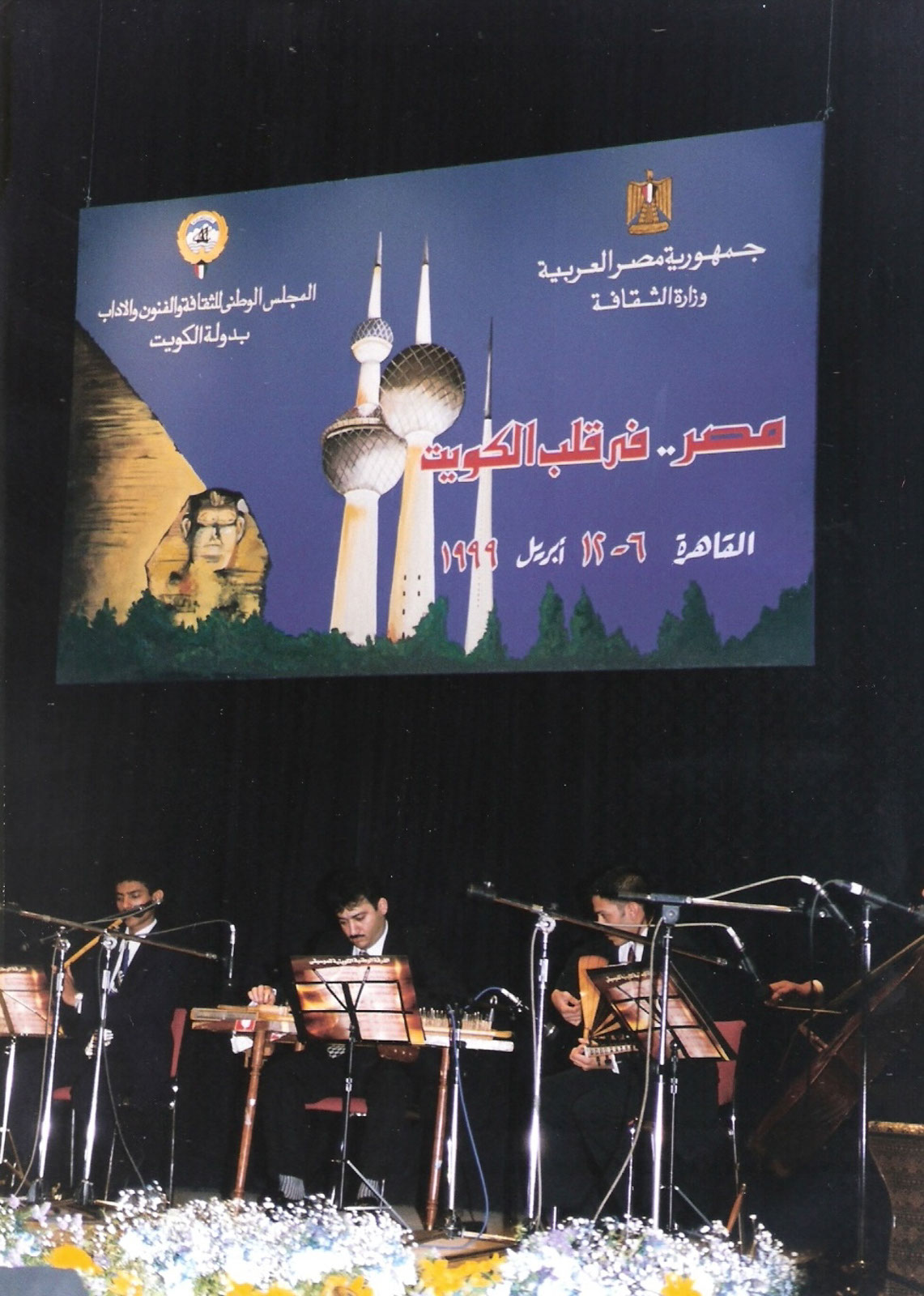
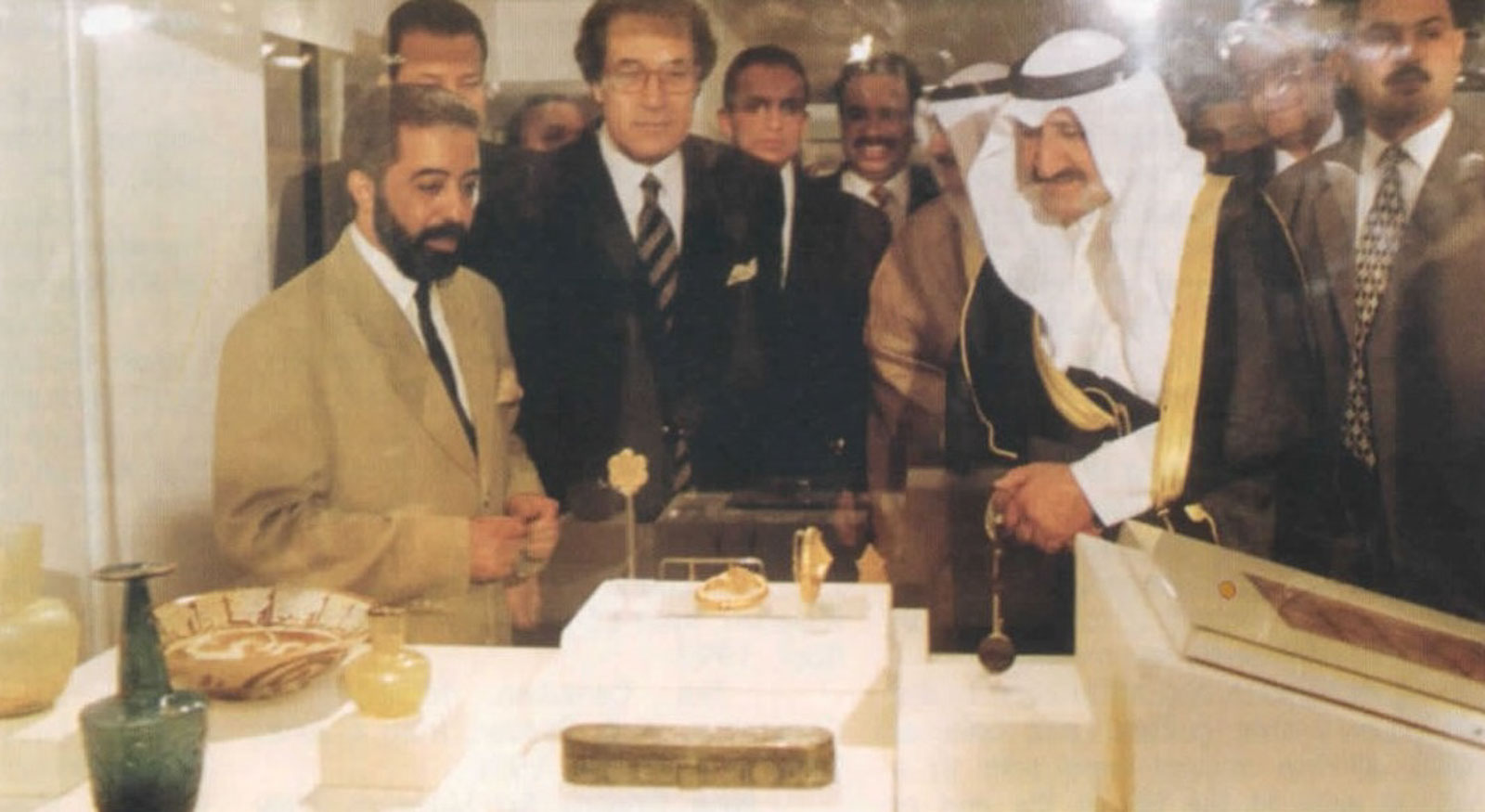
IAP in Cairo, Egypt
Zarabi…Carpets: Reflections of an Ideal World Islamic Art Museum Malaysia, Kuala Lumpur, Malaysia
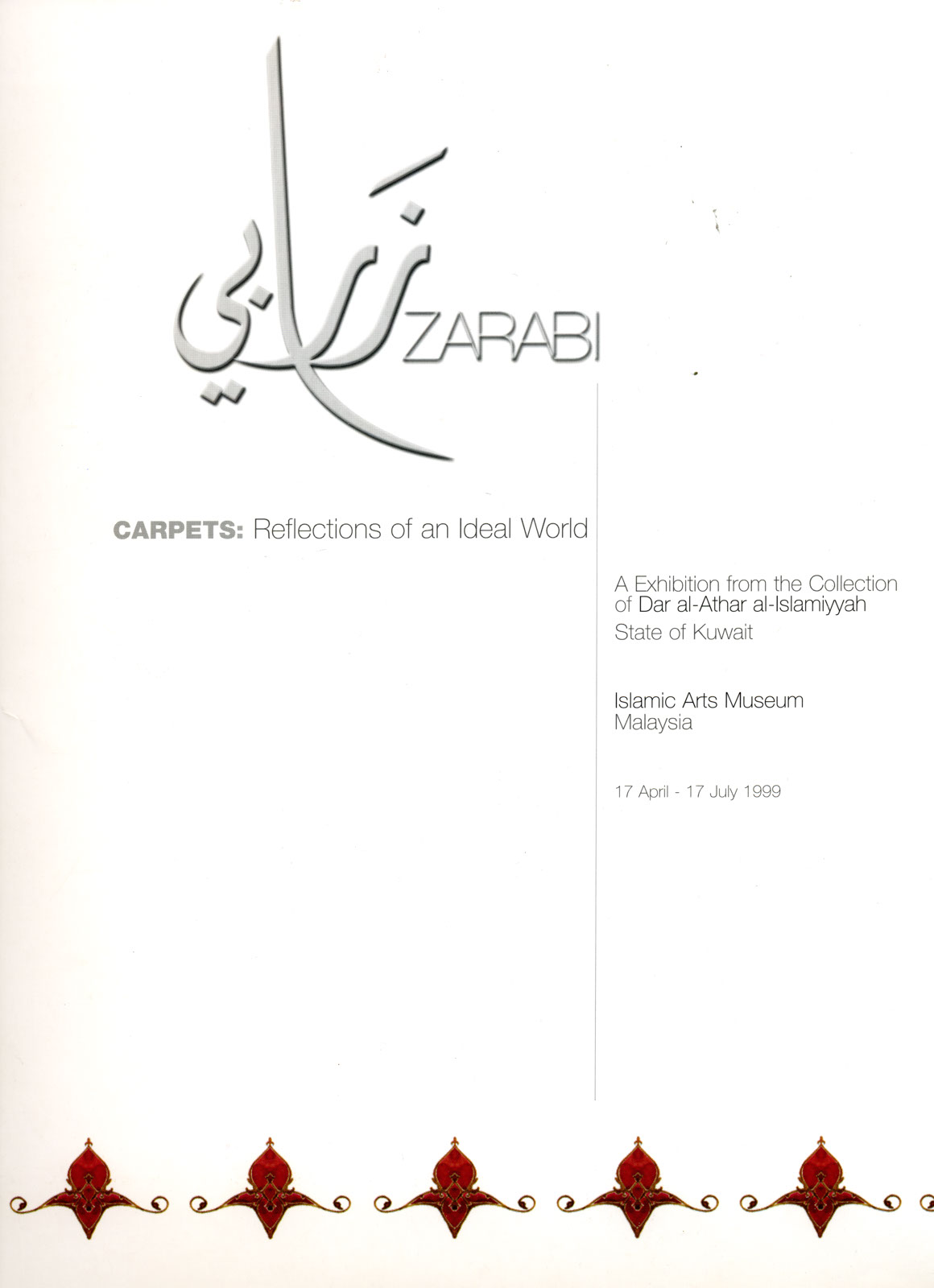
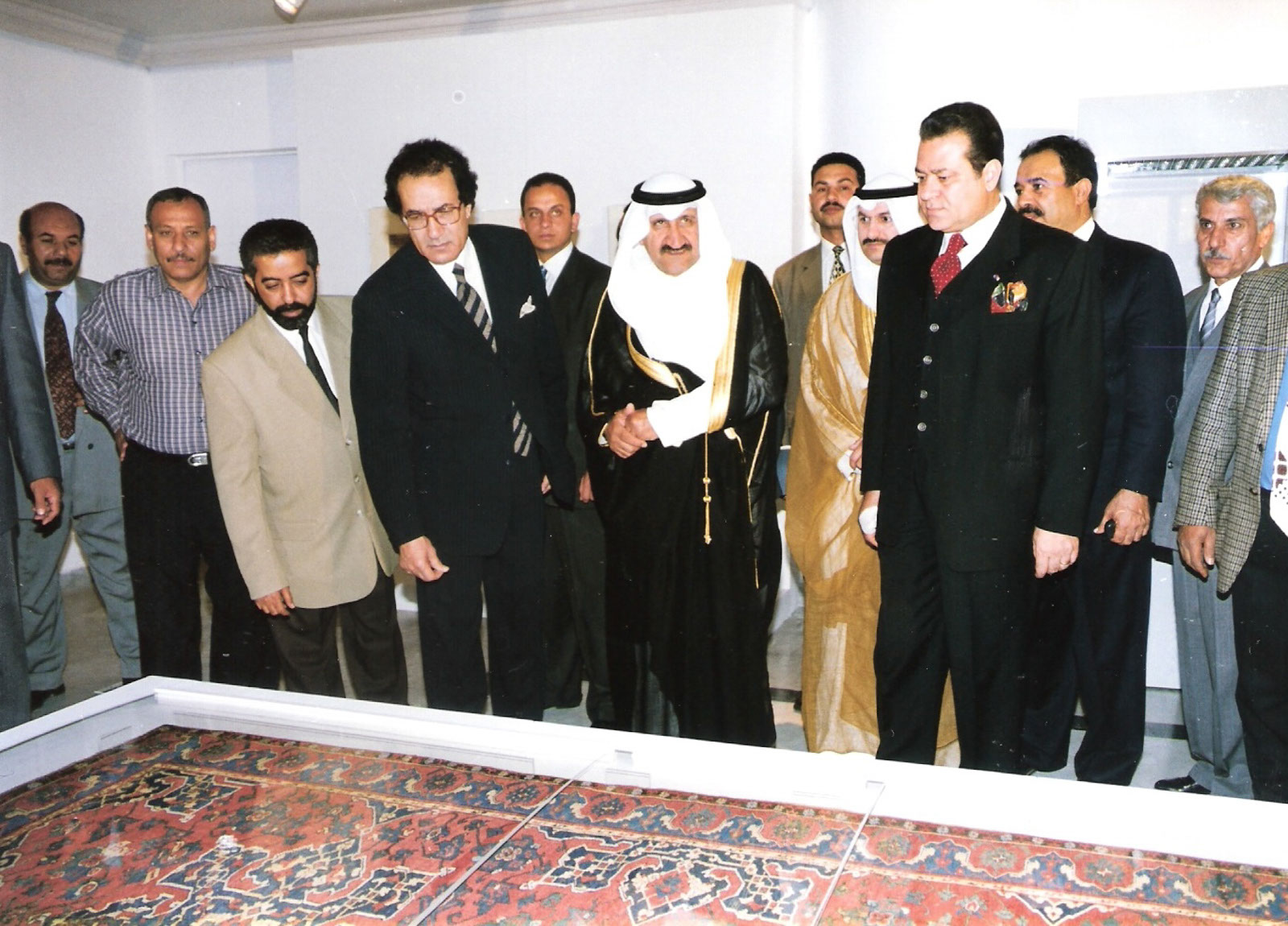
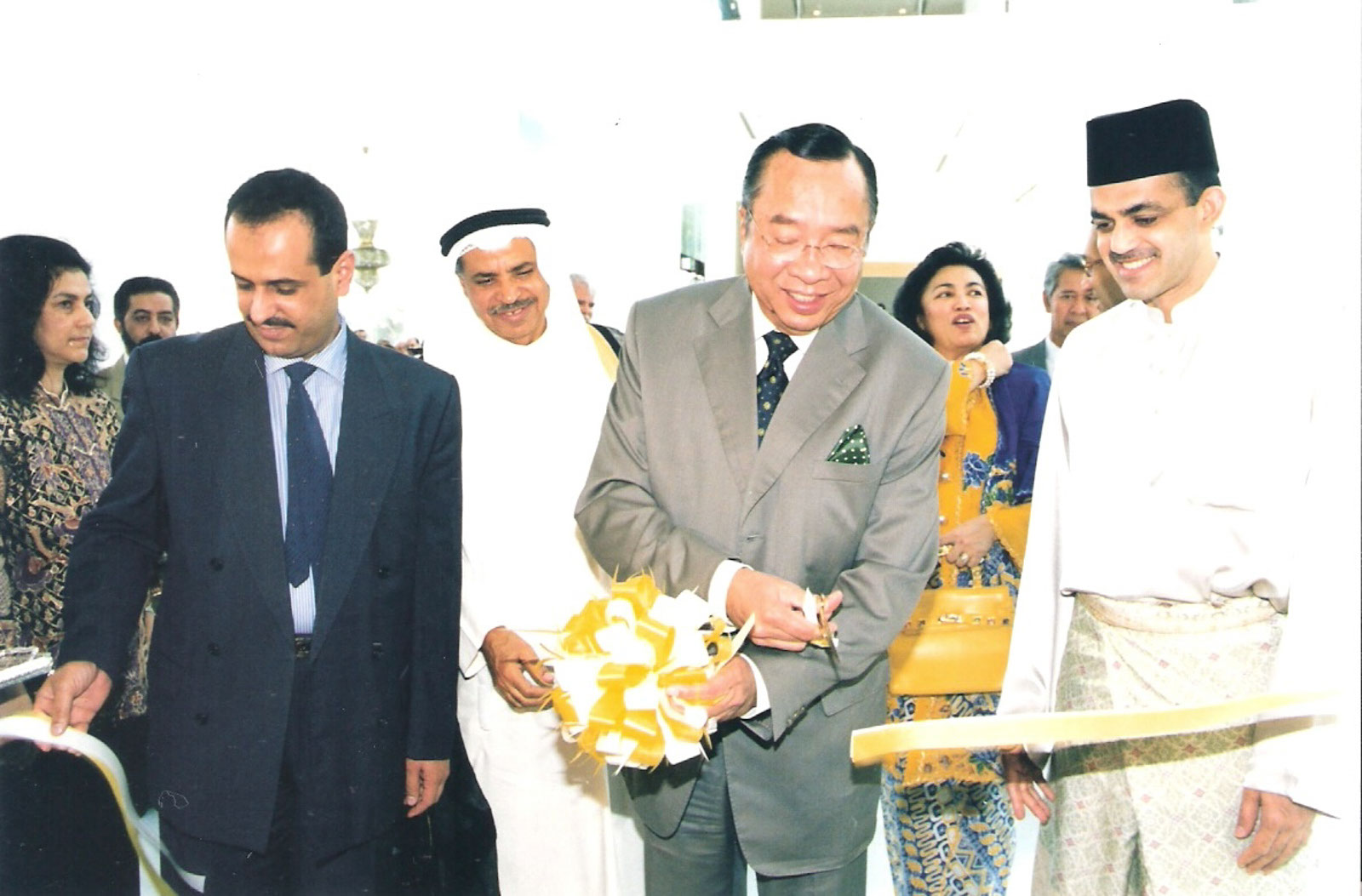
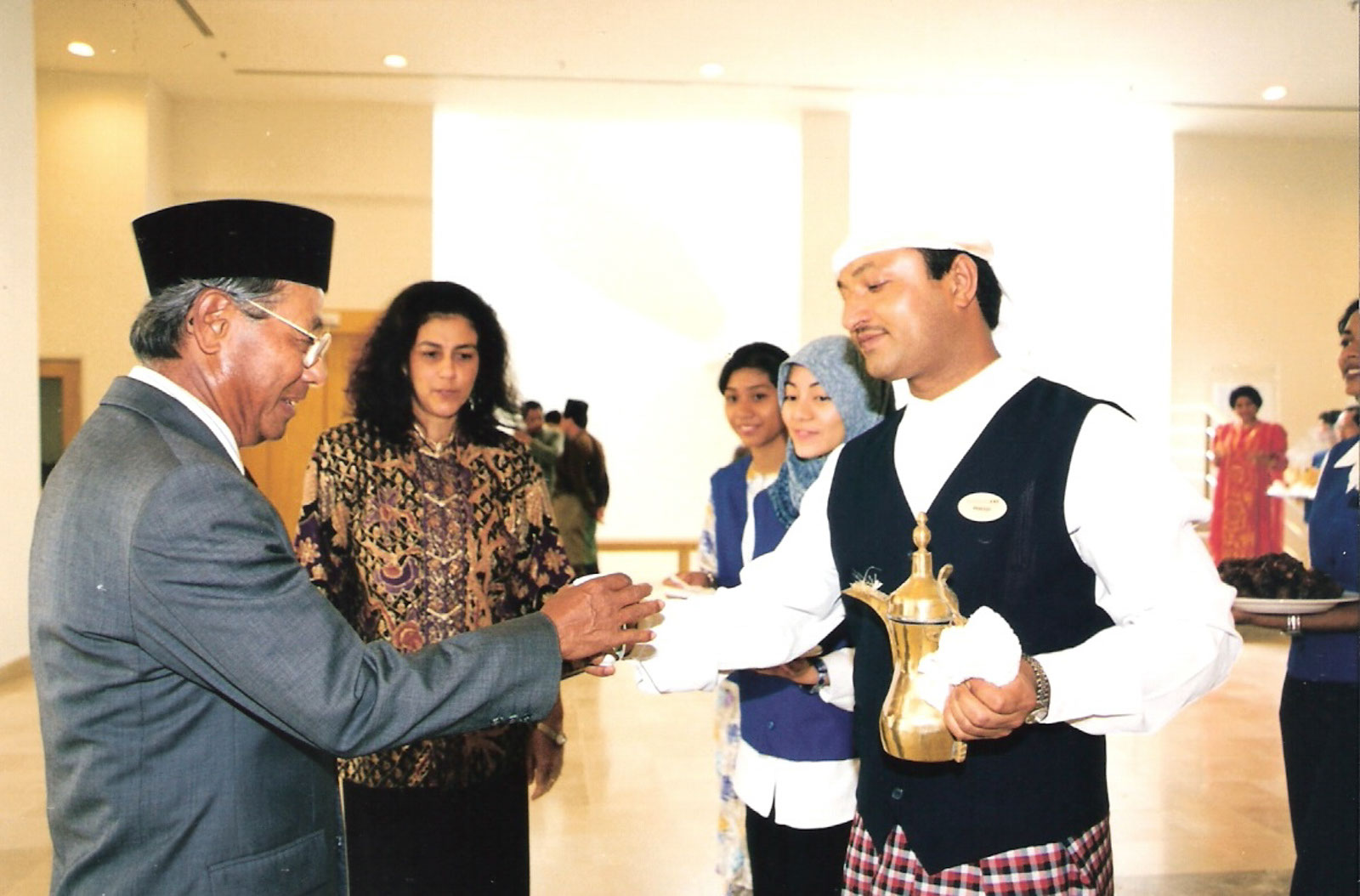
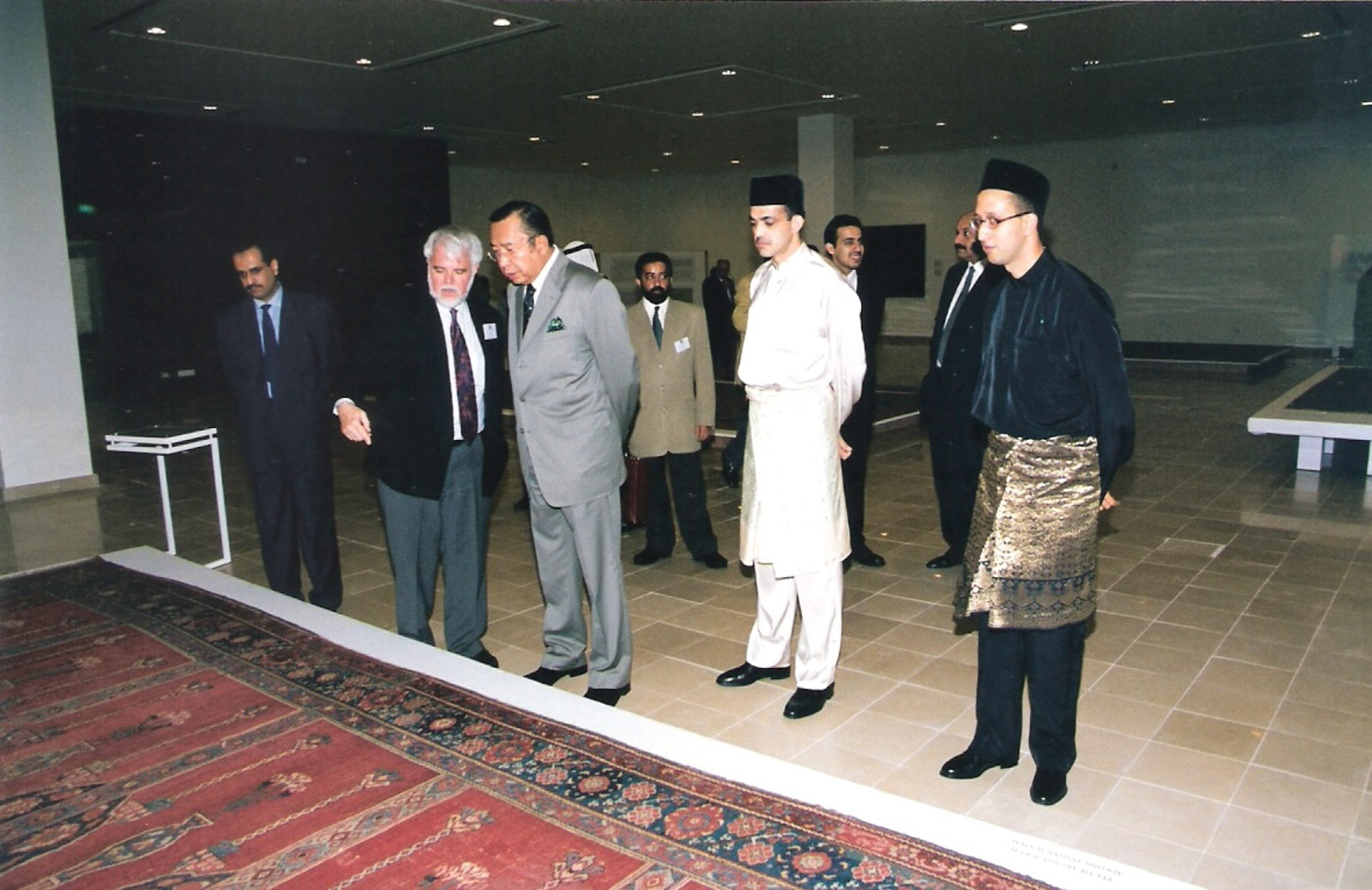
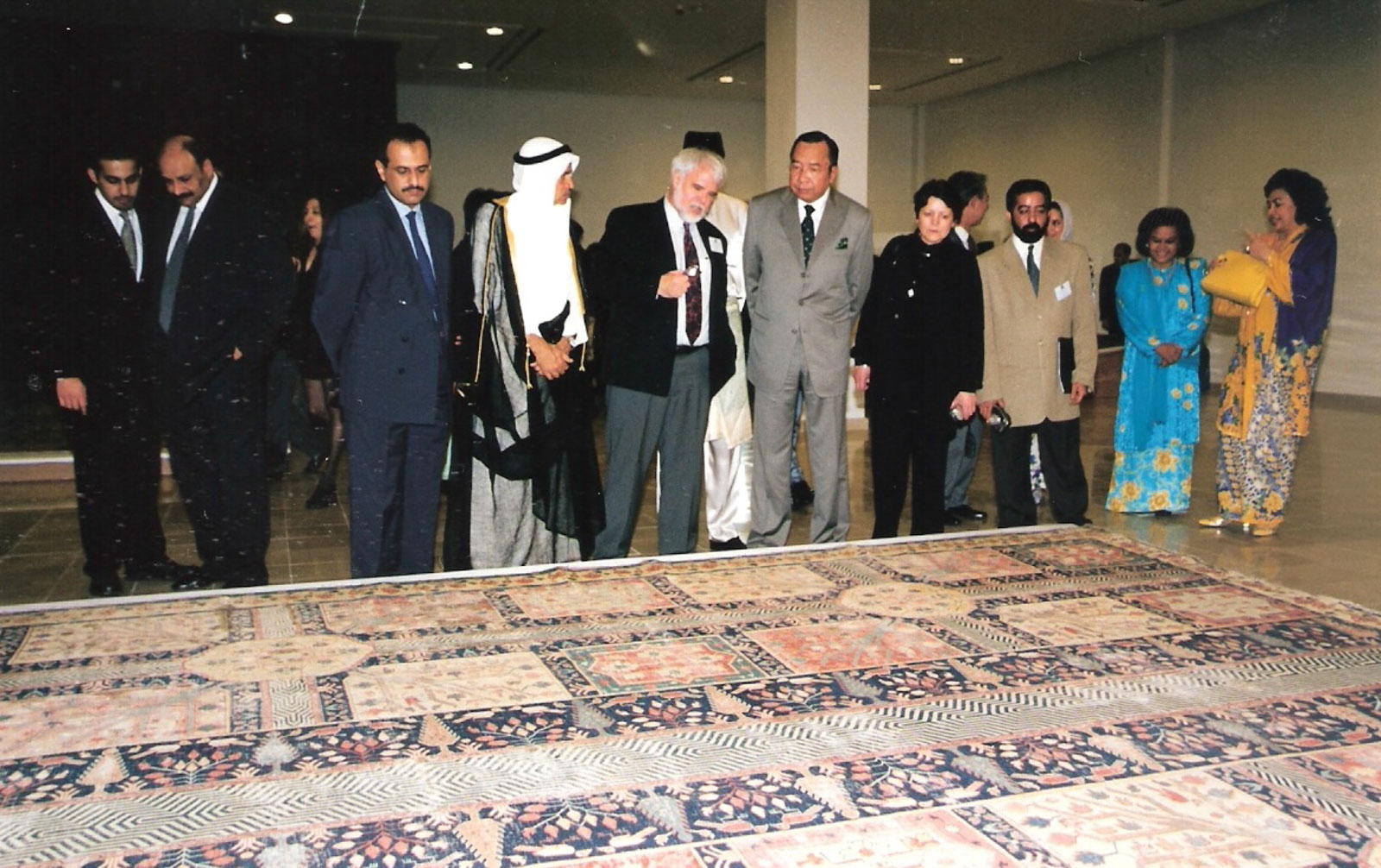
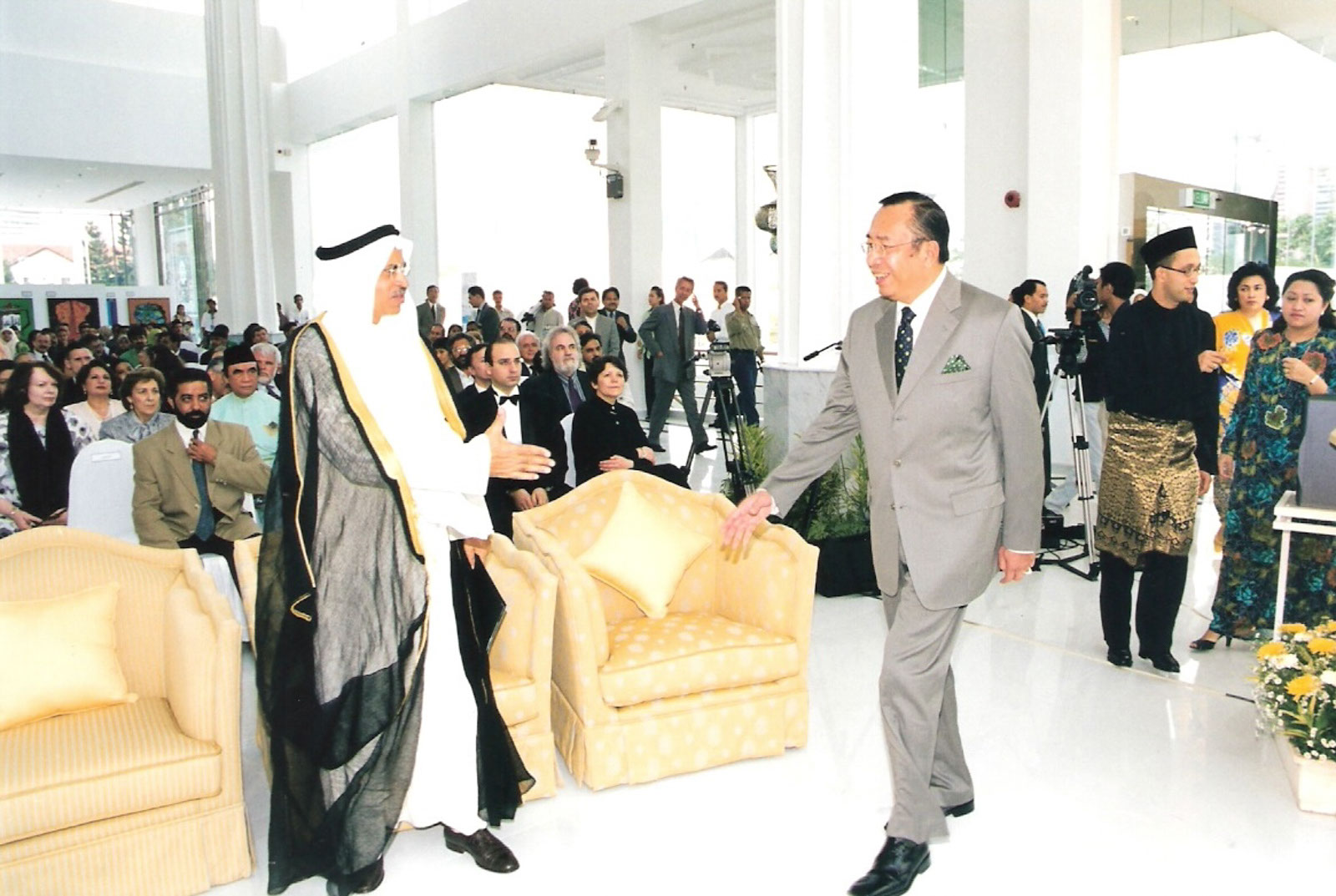
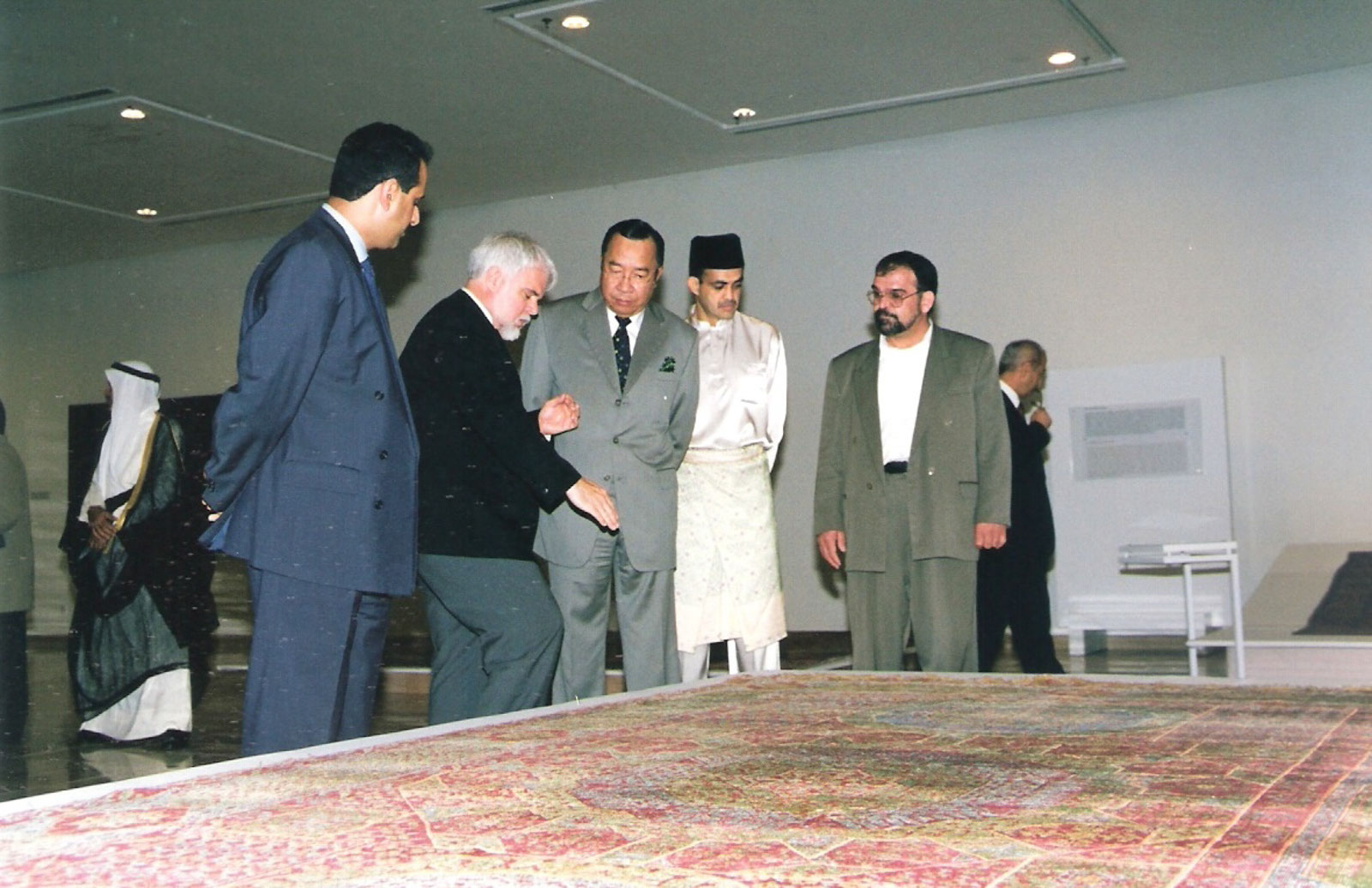
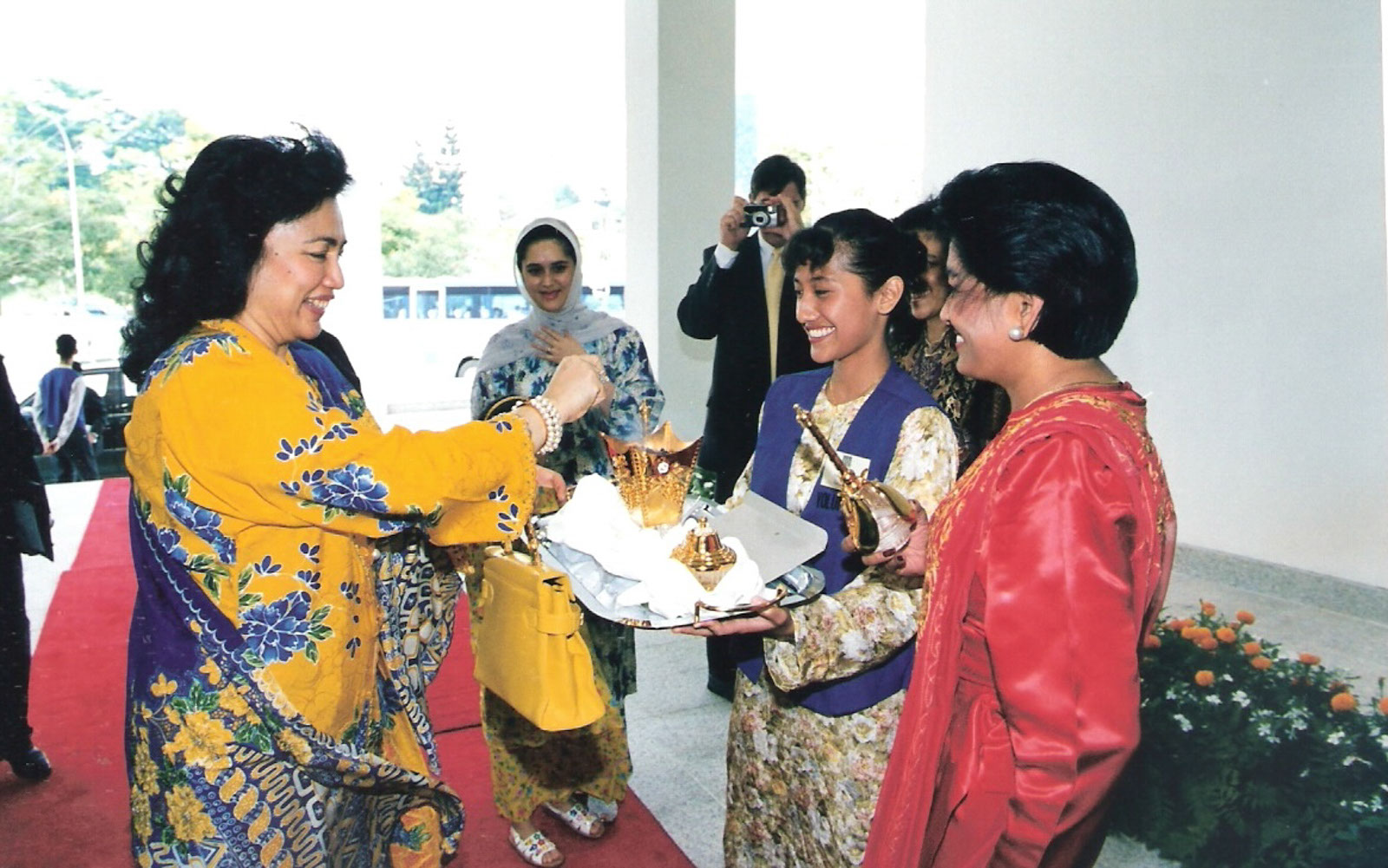

loans to Schätze der Kalifen, Islamische
Kunst zur Kunsthistorisches Museum (Künstlerhaus),
Vienna, Austria
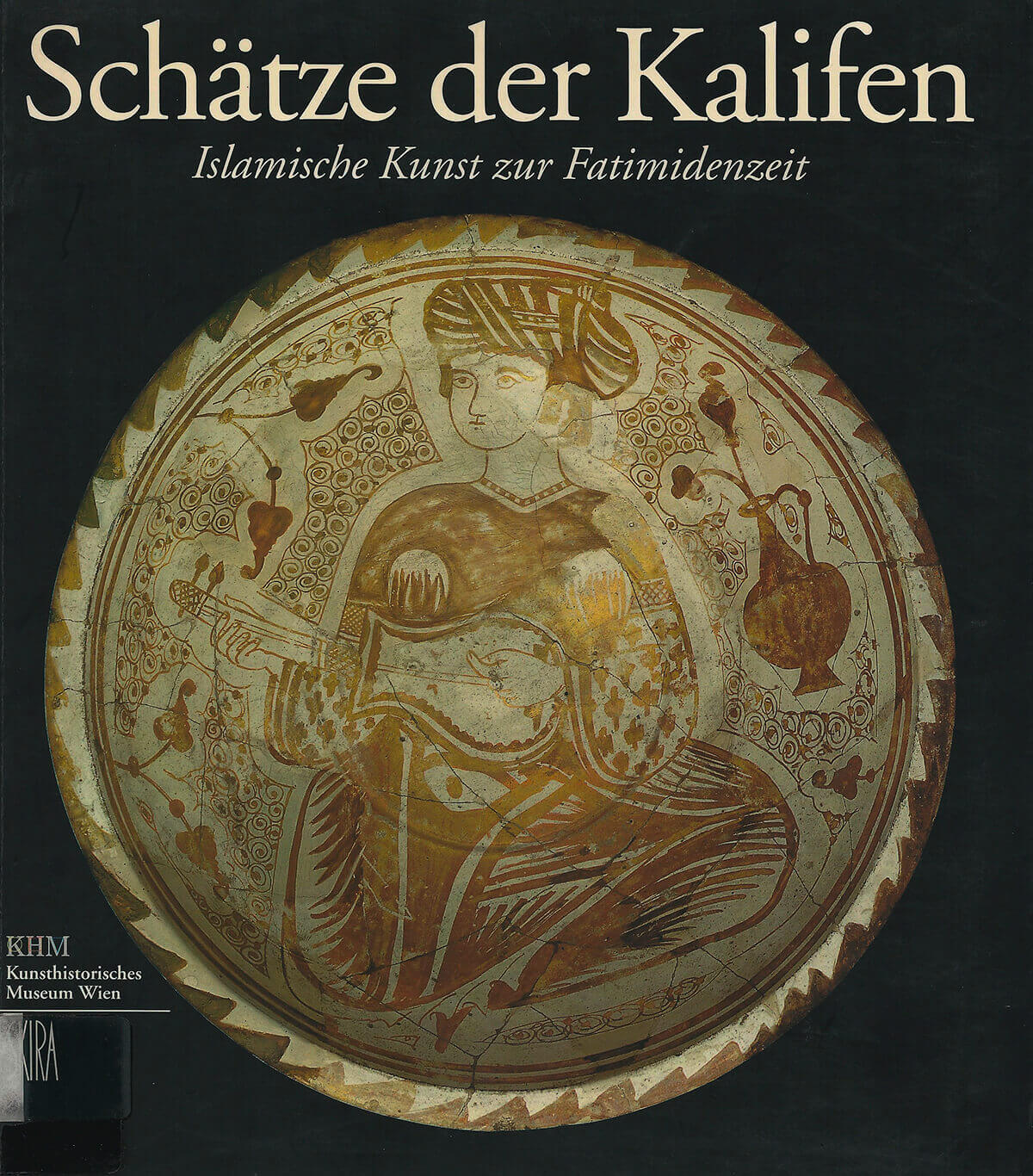
10th World Federation of Friends of Museums “New Century New Museums: New Friends” presentation on destruction and rebuilding of KNM Sydney, Australia
European and Islamic Civilisations: a Permanent Space for Dialogue, 4th AMAR -UNESCO conference London, England
Islamic Art & Patronage: Treasures from Kuwait
Cairo, Egypt Exhibition Catalogue in Arabic and English
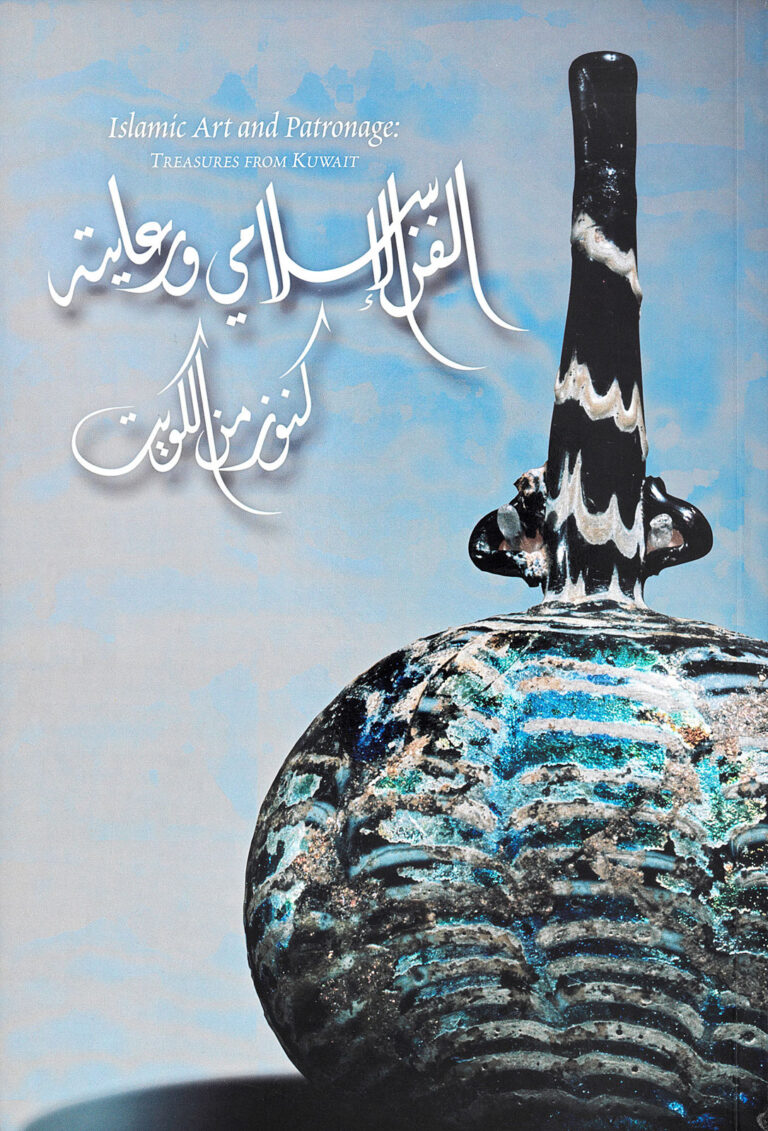
Zarabi…Carpets: Reflections of an Ideal World
Walter B. Denny in English
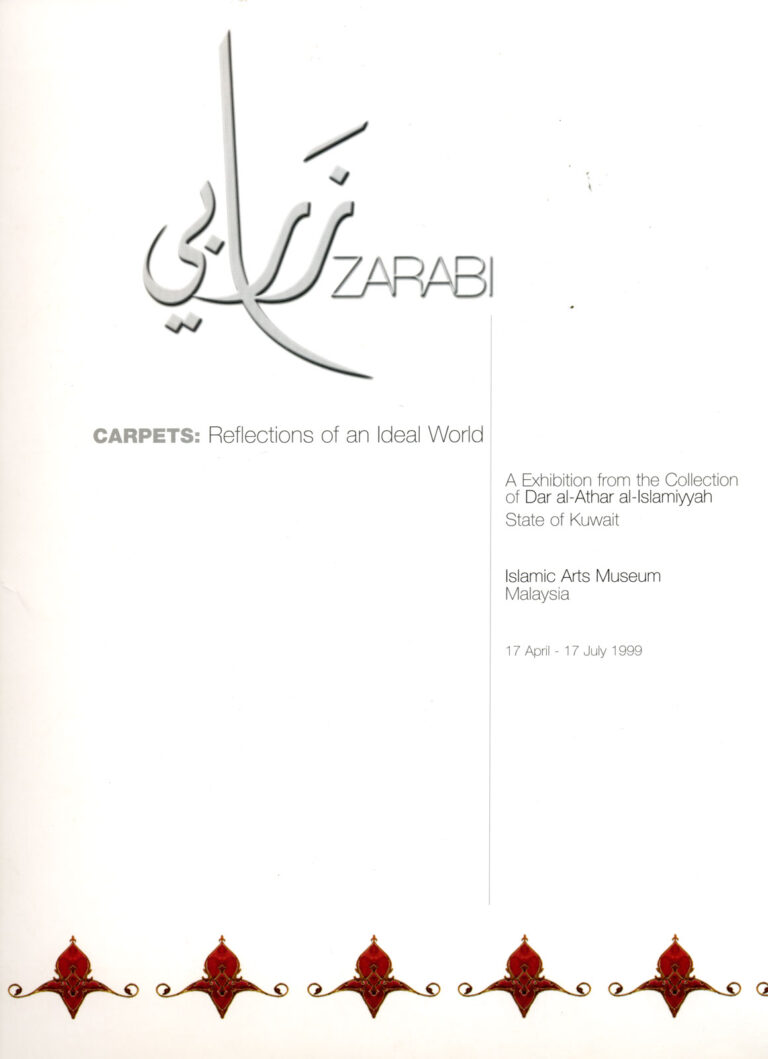
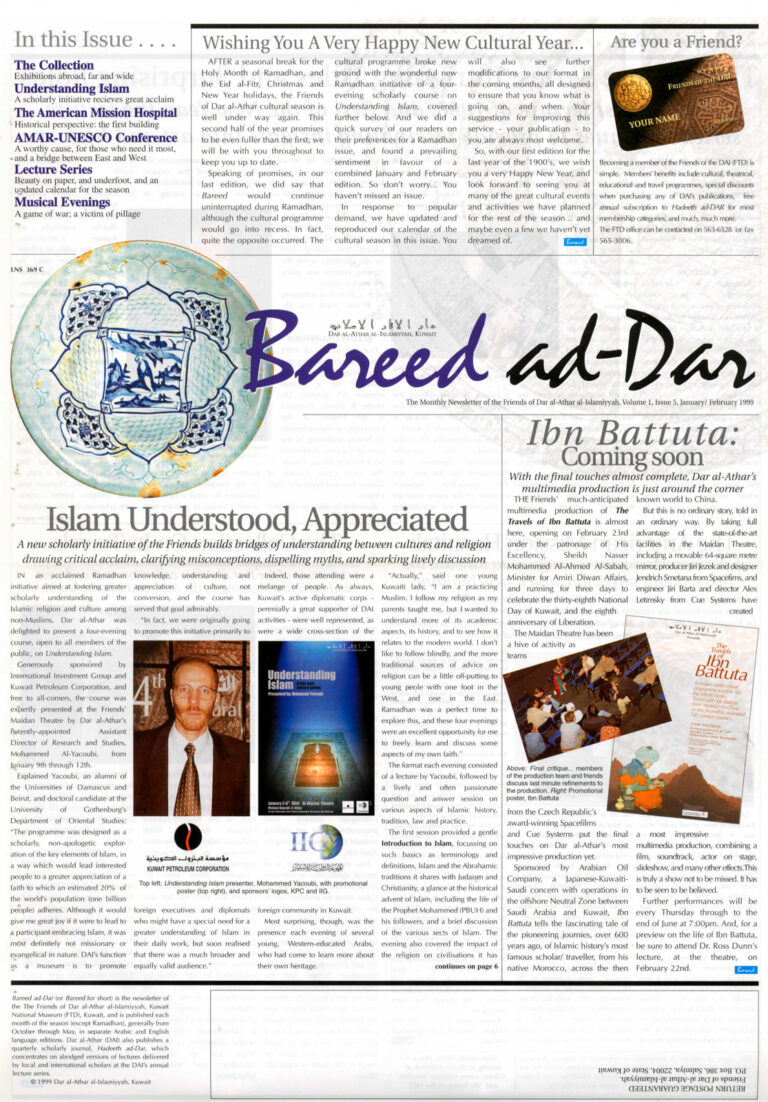
Understanding Islam Seminar led by Mohammed Al-Yacoubi
Dialogue on Music (in Arabic) led by Hamad al-Habbad
Kuwait’s Architectural Heritage Walk led by Evangelia Simos-Ali
Dialogue on Music (in Arabic) led by Suhir al-Sharqaui
Dialogue on Music (in Arabic) led by Ismet al-Geballi
Robert Dailey-Doran continued the numismatic research originally started by Michael Bates from the Americani Numismatic Society
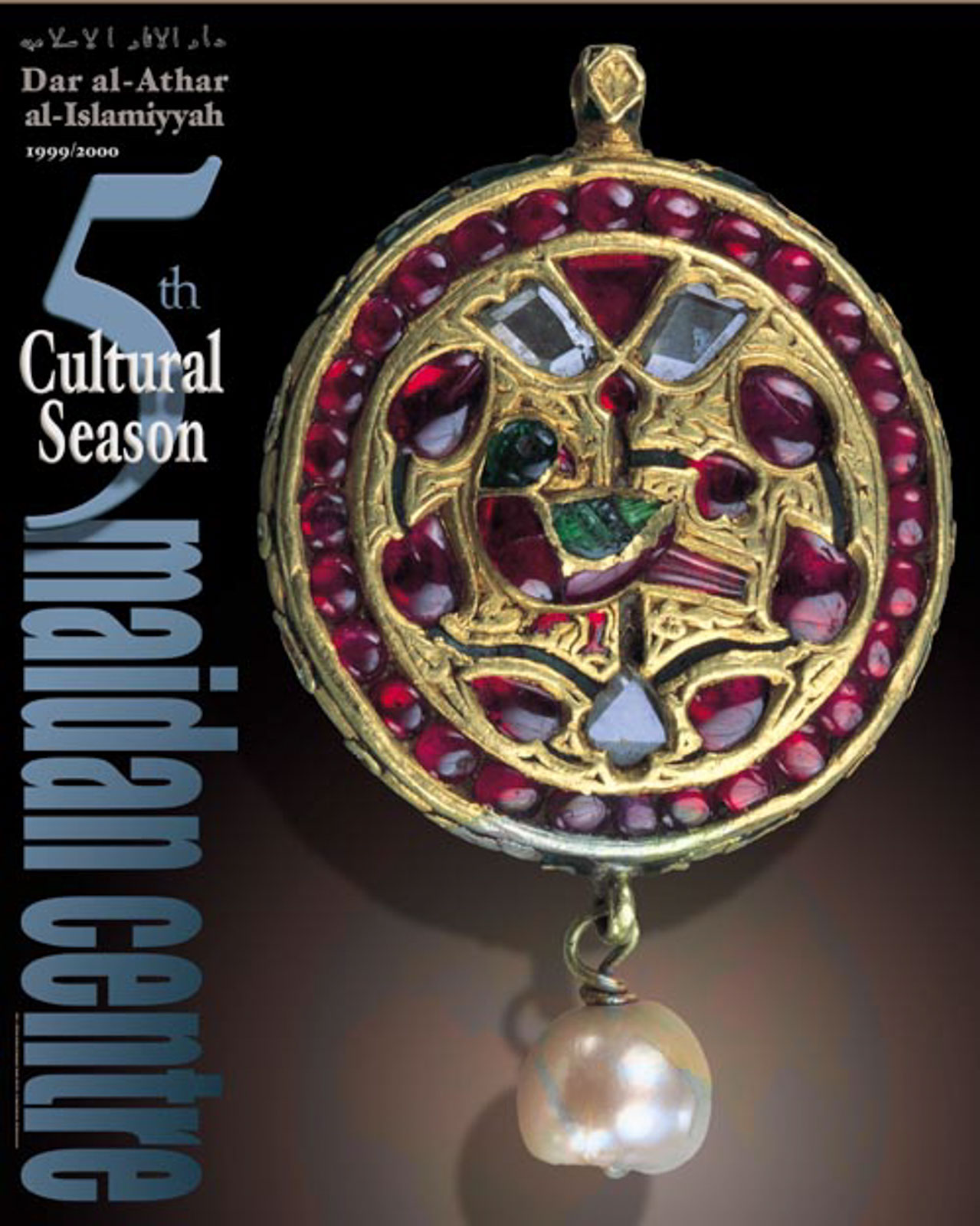
Cultural Season 4 continues
Walter Denny
Patricia Jellicoe
Oleg Grabar
Cary Welch
Claus-Peter Haase
Ross Dunn
Frauke Heard-Bey
Eleanor Sims
Yves Calvet
Anna Contadini
Venetia Porter
M.V. Fontana
Ezzat al-Qurani
Ahmad al-Zayla’i
Angelika Neuwirth
Duncan Haldane
Hayat al-Hajji
Abdullah al-Omar
Cultural Season 5 Begins
Géza Fehérvári
Abdullah el-Tayib
Alexei Vassillev
Abdelaziz Turi
Antony Johae
Mohammad Kiani
Rushdi Rashid
Mikhail Piotrovsky
Special Musical Evening in conjunction with Autism in ME Conference
Kuwait National Music Group Hamsat al-Wadi concert Takajaki concert
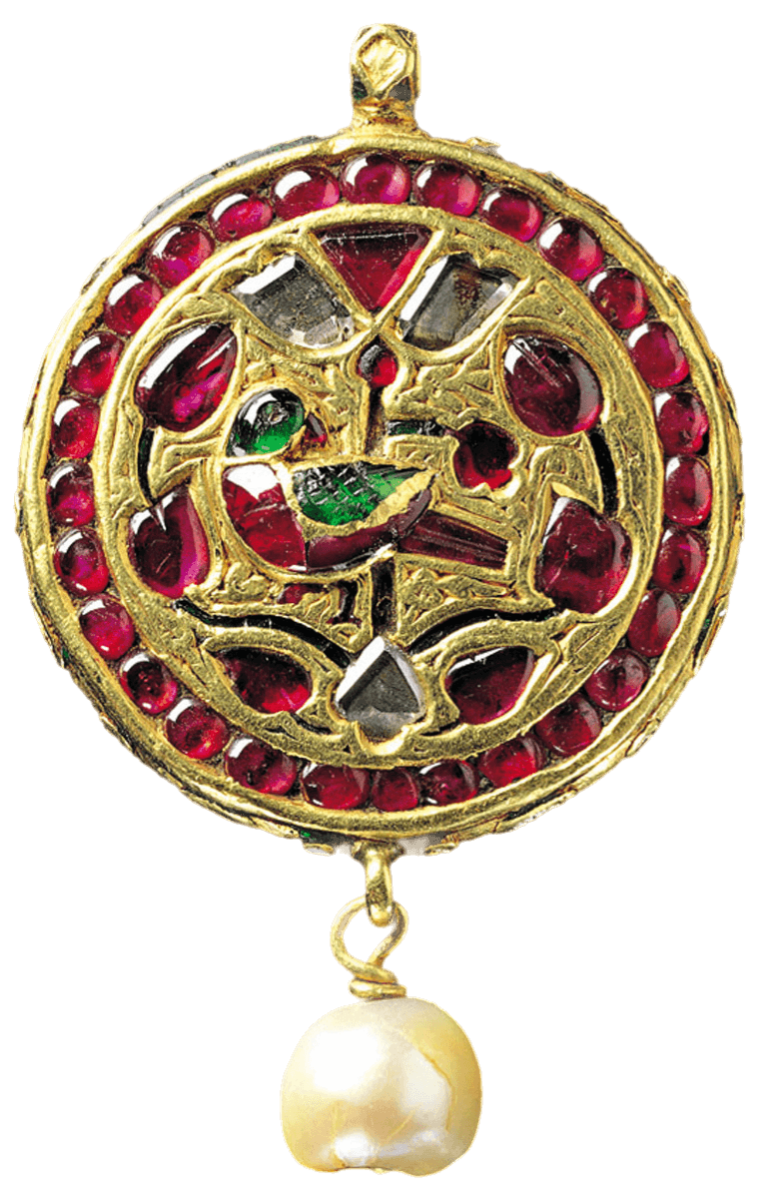
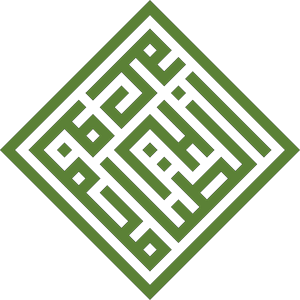
About Us
Archive
Collection
Publications
Subscribe to news about Dar al-Athar al-Islamiyyah and The al-Sabah Collection, Exhibitions, Courses and Events
Subscribe to news about Dar al-Athar al-Islamiyyah and The al-Sabah Collection, Exhibitions, Courses and Events